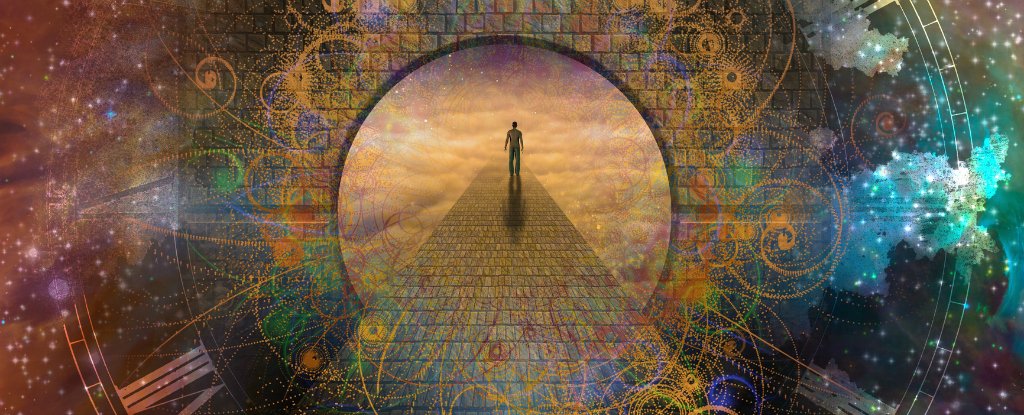I wonder if one could use light as a means of sending information back in time using entanglement
Yes, it is possible, yet impossible to track any events in the same timeline. It also would take a huge amount of energy and a pretty complicated machine to control that energy, as it basically would create almost stationary gravitational waves that exist only for a ridiculously short time in the timeline where they were created (sub-planck fractioned wavelength), the rest of the gravitational waves being “deflected” in equal amounts to many other timelines that result from the split caused by the event. In those resulting timelines, it would be also impossible to track anything because after the same ridiculously short time they would all collapse back together. So, the only observable parameter would be that a huge energy release was triggered (and consumed) .. practically into “nothing”. An almost unobservable short spark of light would be created in all the resulting timelines, but as they all collapse back together, they all would be perceived as only one (if detectable) and occurring in a very short past.
A much, much, easier way is to retrieve information from the future in this manner, that is, not to send from the future back to the past, but to retrieve into the present from the future. The base concept is completely different in this approach and it “behaves” completely different – the further into the future one wants to reach, the more time it takes. Further more, the “device” used in this case, must not be stopped after its initial start, otherwise it would lead to a “reset” of the whole process and would have to be started again. Just to make an idea of the scale – if someone wants to retrieve information for the order of minutes from the future, the “device” must run for the order of years. Whenever the “device” is stopped, the destination shift (future) is reset to zero and it must be started again and wait for the same time again to reach the specified shift.
Anyway, this is a much more practical approach, because it would cause only occasionally, only 1 split (2 timelines) and only in very special conditions (involving causality). It is also nondestructive, having no risk of any danger to occur, whatsoever.



